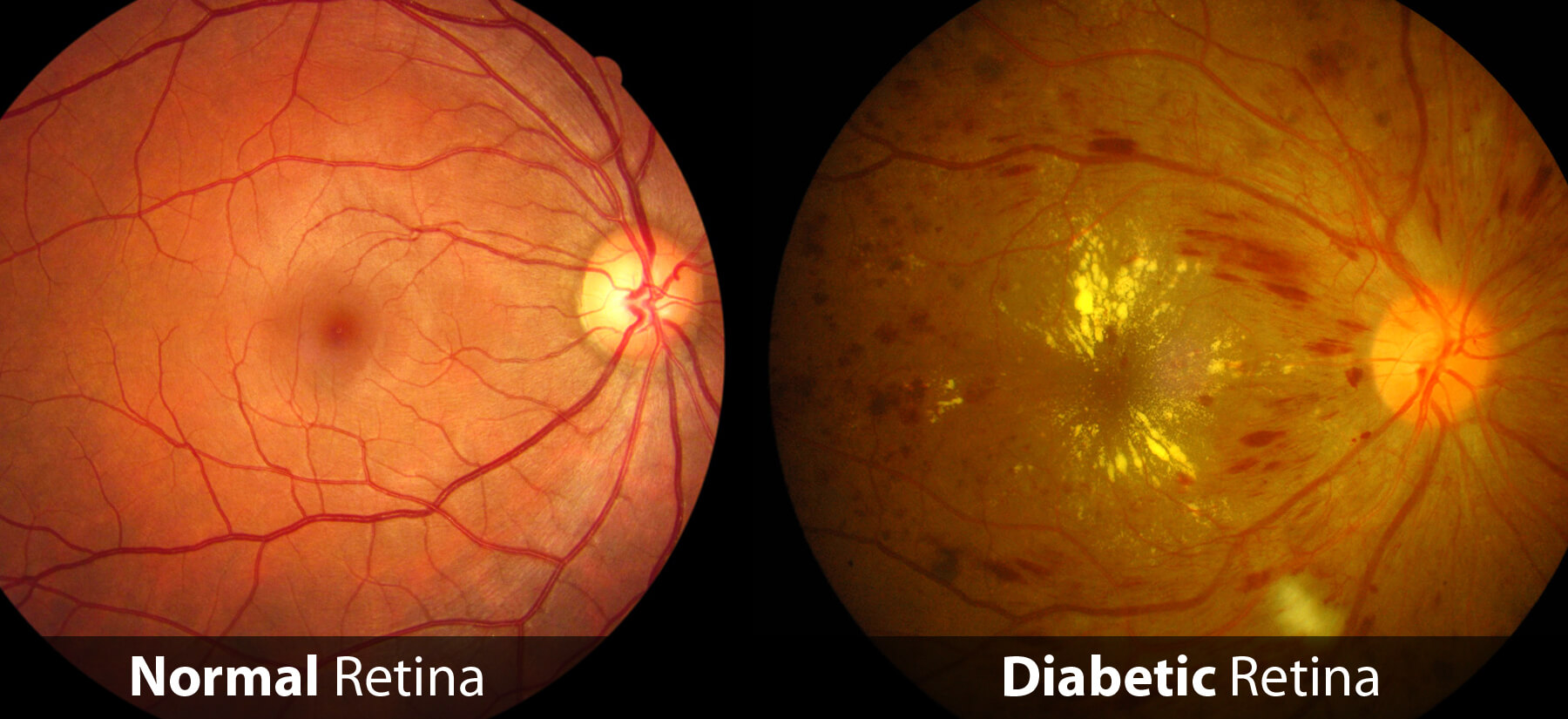
Diabetic retinopathy is a serious complication of diabetes that affects the eyes. It occurs when high blood sugar levels damage the blood vessels in the retina, the light-sensitive tissue at the back of the eye. If left untreated, diabetic retinopathy can lead to vision loss and even blindness. Recognizing the symptoms of this condition is crucial for early intervention and prevention of vision loss.
In this article, we will explore the common symptoms of diabetic retinopathy and discuss the importance of regular eye examinations for individuals with diabetes.
Blurred Vision
One of the hallmark symptoms of diabetic retinopathy is blurred vision. This occurs when the blood vessels in the retina become damaged, leading to leakage of fluid and blood into the eye. As a result, the vision becomes blurry and distorted. Individuals with diabetic retinopathy may have difficulty reading, seeing fine details, or experiencing fluctuations in vision clarity.
If you have diabetes and experience sudden or persistent blurred vision, it is essential to seek immediate medical attention from an eye care professional. Early diagnosis and treatment are crucial for preserving vision and preventing further damage to the eyes.
Floaters and Flashes
Another common symptom of diabetic retinopathy is the presence of floaters and flashes in the field of vision. Floaters are small, dark spots or specks that appear to float in the eye, while flashes are quick, flickering lights or streaks. These symptoms can occur when the blood vessels in the retina bleed or leak, causing the appearance of these visual disturbances.
It is important to note that floaters and flashes can also indicate other eye conditions, so individuals with diabetes should not ignore these symptoms. An eye examination by an optometrist or ophthalmologist can help determine the underlying cause and appropriate treatment for these visual disturbances.
Dark or Empty Areas in Vision
Advanced diabetic retinopathy can lead to the development of dark or empty areas in the field of vision, a condition known as visual field loss. This occurs as a result of damage to the blood vessels and the formation of abnormal blood vessels in the retina, which can block or distort the normal field of vision.
If you notice the presence of dark or empty areas in your vision, it is important to seek prompt medical attention. Visual field loss can significantly impact your daily activities and quality of life, so early intervention is crucial for preserving vision and preventing further progression of diabetic retinopathy.
Color Vision Changes
Individuals with diabetic retinopathy may experience changes in color vision, such as difficulty distinguishing between colors or experiencing a washed-out appearance of colors. These changes can occur as a result of damage to the light-sensitive cells in the retina, leading to alterations in the perception of colors.
If you have diabetes and notice changes in your color vision, it is important to schedule a comprehensive eye examination with an eye care professional. Early detection and treatment of diabetic retinopathy can help preserve your ability to perceive colors and maintain overall visual function.
Gradual Vision Loss
As diabetic retinopathy progresses, individuals may experience a gradual loss of vision over time. This can occur due to the cumulative effects of damage to the blood vessels and the formation of scar tissue in the retina, leading to irreversible vision loss if left untreated. The loss of vision may occur in both eyes and can significantly impact daily activities and independence.
If you have diabetes and notice a gradual decline in your vision, it is important to seek prompt medical attention from an eye care professional. Early intervention and treatment can help slow or prevent further vision loss and preserve your overall visual function.
Importance of Regular Eye Examinations
Given the potential impact of diabetic retinopathy on vision, individuals with diabetes should prioritize regular eye examinations as part of their overall diabetes management. Comprehensive dilated eye exams can help detect the early signs of diabetic retinopathy and other eye conditions, allowing for timely intervention and treatment.
It is recommended that individuals with diabetes undergo a dilated eye examination at least once a year, or as advised by their healthcare provider. By monitoring the health of their eyes and addressing any signs of diabetic retinopathy promptly, individuals can minimize the risk of vision loss and maintain optimal visual function.
Conclusion
In conclusion, diabetic retinopathy is a serious complication of diabetes that can lead to vision loss and blindness if left untreated. Recognizing the symptoms of diabetic retinopathy, such as blurred vision, floaters and flashes, visual field loss, color vision changes, and gradual vision loss, is essential for early intervention and prevention of vision loss. Regular eye examinations are also crucial for individuals with diabetes to monitor the health of their eyes and detect any signs of diabetic retinopathy. By prioritizing eye care and seeking prompt medical attention, individuals can preserve their vision and maintain their overall visual function.












